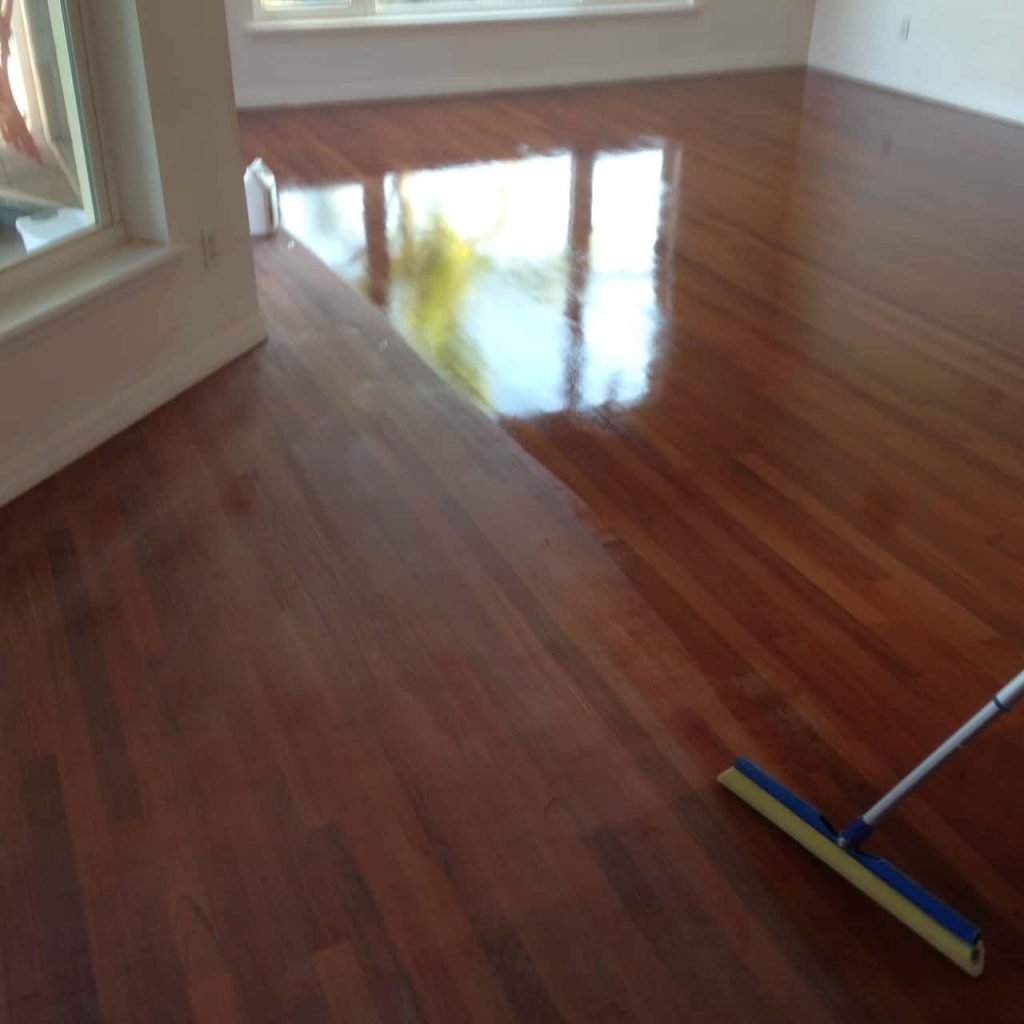Screening Wood Floors
The process of screening wooden floors rejuvenates the existing finishing without the necessity or cost of refinishing. It is a fitting choice for floors that are lackluster, but not severely damaged, and can also address minor scratches, provided the wood has not been impacted. In this method, the existing finish is scrubbed with a mesh screen attached to a rotary polishing machine, setting the surface up for a fresh finish coating. This fresh finish coating needs to be compatible with the existing one to bind properly. If you decide to undertake this task yourself, it is advised to consult a wood-flooring specialist in order to choose the most suitable polyurethane for your floor.
Screening is often called buffing, since the screening is done with a buffer. Screening both smooths the floors a bit, and the abrasive action allows the polyurethane to adhere to the surface better. The screen and recoat process can restore the glow of the floors and give them a refreshed look
So, every few years, well before the protective coat has grown too thin, you refresh it with another coat. The crucial word is “before;” you have to recoat a floor before you see damage, which is hard for some people because they think they’re leaving money on the table by top-coating what appears to be a perfectly good floor finish.
But polyurethane on floors is kind of like sunscreen on skin: not only do you need to put on a good thick layer before you expose it to the sun; you must re-apply it periodically because it wears off. Once sunburn begins to appear, it is too late to start applying protection. Protection is always less costly than the damage that results from not having it.
.png)
